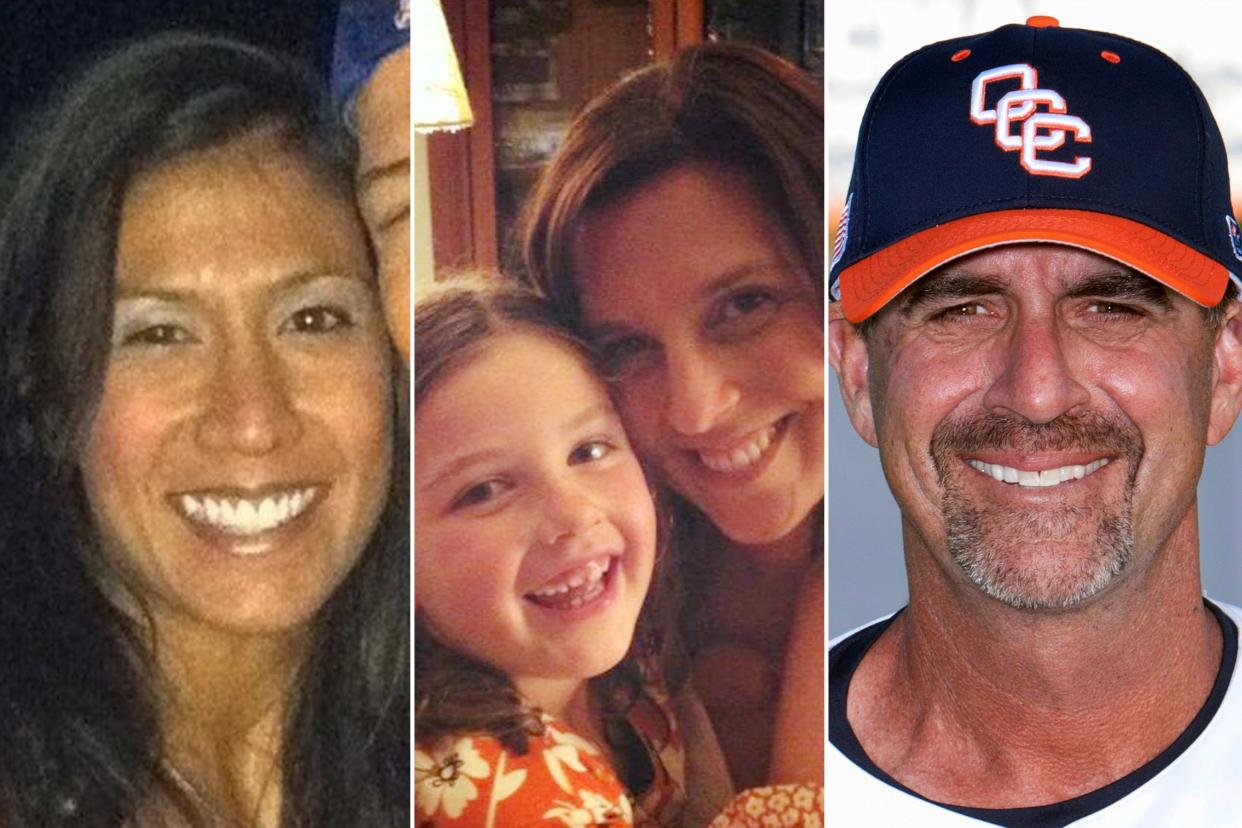Kobe Bryant helicopter crash caused by pilot error, disorientation, NTSB ruled after finding ‘no evidence’ NBA legend exerted ‘pressure’
The helicopter crash that killed Kobe Bryant and eight others was caused by pilot error likely linked to “self-induced pressure” to please a celebrity client, officials said Tuesday.
The top brass of the National Transportation Safety Board dissected every known detail of the deadly Jan. 26, 2020, crash during a marathon meeting Tuesday before formally adopting the probable cause.
The NTSB said the “probable cause of this accident was the pilot’s decision to continue the flight under visual flights rules,” meaning without instrumentation, as he illegally ascended into clouds, resulting in “spatial disorientation and loss of control.”

“Contributing to the accident was the pilot’s likely self-induced pressure and the pilot’s plan continuation bias which adversely affected his decision-making,” the NTSB said.
The federal body also faulted the helicopter’s owner, Island Express, for its “inadequate review and oversight of its safety management processes.”
The meeting, streamed live, found that pilot Ara Zobayan didn’t follow his training when he intentionally flew into blinding clouds at high speed, allowing himself to become susceptible to spatial disorientation phenomena known as “the leans” and “somatogravic illusion.”

Dujuan Sevillian, the NTSB’s expert in human performance, said Zobayan likely put pressure on himself to finish the flight because he didn’t want to disappoint his VIP client.
“The relationship between the pilot and [Bryant] had turned into a friendship over the years. The client allowed the pilot to fly his children without him being present. That type of relationship was very close,” Sevillian said.
“This type of relationship that he had with the client can lead to self-induced pressure during the flight,” he said.
“There was no evidence that Island Express, the air charter broker or the client [Bryant] placed pressure on the pilot to accept the charter flight request,” lead investigator Bill English said.
English said there was no excuse for Zobayan not turning back to Van Nuys Airport when he could see he was getting boxed in by thick clouds over the hilly pass in Calabasas, Calif.
“In this situation, this weather did not sneak up on the pilot very quickly. It was a condition that was very stable,” English said.
“I’m really saddened by this crash, and we use the term crash rather than accident,” NTSB Vice Chairman Bruce Landsberg said. “An accident is something that’s unforeseen, unpredictable, if you will. Unfortunately, this wasn’t.”
Landsberg pointed to other aviation tragedies that led to the deaths of superstars Aaliyah, Stevie Ray Vaughn, Buddy Holly and Patsy Kline, saying they shared the common thread of pilots deliberately taking chances to please high-profile clients.
“In all of those cases, we’re dealing with someone of star status and pilots who desperately want to do a good job for the customer,” Landsberg said. “This pilot really wanted to get where he was going.”
Board member Jennifer Homendy personally responded to the crash scene last year and began her remarks by offering condolences to those still grieving the loss of the NBA legend, his 13-year-old daughter, Gianna, and the seven others who died.
“I’m also a wife and a mother of a 13-year-old girl, so I can’t imagine how difficult today must be for you,” Homendy said. “My heart goes out to you.”
There were no survivors in the fiery wreckage of the twin-engine Sikorsky S-76B.
Zobayan had decided to press ahead with the doomed flight to a youth basketball tournament in Thousand Oaks even though misty gray weather grounded other choppers that morning.
After flying inland to avoid poor conditions early in the flight, Zobayan encountered thick clouds as he entered Calabasas, an area known for its own micro-climate with stubborn fog funneled in from the Pacific Ocean through Malibu Canyon.
Shortly before impact, Zobayan told an air traffic controller he was going to ascend, implying he found a hole in the haze.
He then did what helicopter pilots are trained to avoid at all costs — he attempted to “punch up” through the clouds to get to clear air above the layer, NTSB officials found.
Zobayan, 50, apparently lost his sense of direction when had no visual clues to override the well-known sensory illusions linked to the inner ear, NTSB officials said. His loss of bearings was so intense, he was actually descending rapidly in a left turn to the ground when he told an air traffic controller he was climbing to 4,000 feet.
“When we fly into a cloud, and everything is white, all sorts of vestibular illusions take over,” Michael Mower, executive director of Southern Utah University’s aviation program, previously told the Daily News.
“This tragic crash could have been prevented,” NTSB Chairman Robert Sumwalt told reporters after the meeting, saying pilots entering clouds without instrumentation “continues to be a problem.”
He said 184 crashes over the last decade were related to spatial disorientation, 20 of them involving helicopters.
Sumwalt argued Bryant’s deadly flight could have ended flawlessly if Zobayan had the proper instrumentation, training and certification to fly through zero-visibility weather.
He was adamant that a “terrain avoidance and warning system” (TAWS) would not have prevented this particular high-speed crash though it remains something the NTSB recommends for helicopters.
He said that while the overall investigation did not find Island Express was a “problem operator,” the company failed to “ensure its pilots were consistently and correctly completing the flight risk analysis forms.”
Bryant’s widow, Vanessa, is suing Island Express and Zobayan’s estate for wrongful death.
The NTSB’s opinions about probable cause would not be admissible at trial, only the underlying factual findings.
